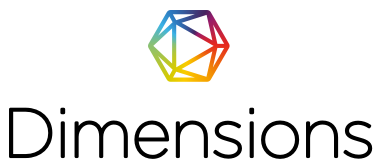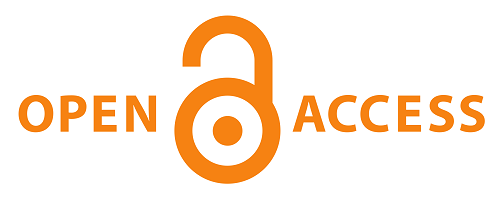Wang Zongyue's Taijiquan Discourse: The Biomechanics of Dongjin
DOI:
https://doi.org/10.57612/2022.JTS.01.04Keywords:
Taijiquan, biomechanics, martial application, internal force, relaxation, central equilibrium, body integration, biotensegrity, levers, ground reaction force, kinetic chainsAbstract
We present in this following paper a verse-by-verse translation of the Taijiquan Discourse, with annotations in the framework of biomechanics. In the text, dongjin 懂劲 the “comprehension of jin” crystallizes as a central concept. Dongjin can be viewed as how the body comprehends, and interacts functionally with force. While the body relates to force by its strength and functionality, the Taiji body, is considered to be instilled with dongjin, and perceives the force associated with jin (劲) as “soft” (rou) and “hard” (gang), which correspond to the vector quantities of the force, namely, direction and magnitude. In most cases the common response to an attacking force is to fight back, in a direct forceagainst-force interaction, which creates a “double weighted” conditions (shuangzhong 双重) that tenses up, and traps the body from being able to maneuver. This renders the body vulnerable. Dongjin enables the body to respond to the incoming force by making postural adjustments to receive force at an angle, at the moment of impact, thus deflecting and mitigating it. In other words, the body uses the rou component (softness) to absorb and neutralize the incoming force. Also, dongjin accords liveliness and spontaneity in the response of rou and gang, which is a fundamental feature of martial skills. Dongjin is more comprehensive than perceiving force as a vector; it enables the body to use the dynamics of rou and gang functionally in its application, with great efficacy. Dongjin forms the biomechanical basis for Taijiquan’s key strategy of responding with rou-softness in martial interactions (yi rou wei zhu 以柔为主).
Downloads
Downloads
Published
Issue
Section
License
Copyright (c) 2022 C.P. Ong王宗平 (Author)

This work is licensed under a Creative Commons Attribution 4.0 International License.
All articles are permanently available online to the public without restrictions or subscription fees. All articles are free to be used, cited, and distributed, on condition that appropriate acknowledgement is included. Authors are the copyright holders of their original contributions. The published article is simultaneously licensed under a Creative Commons (CC) Attribution License. “A CC license is used when an author wants to give people the right to share, use, and build upon a work that they have created” Wikipedia.

















